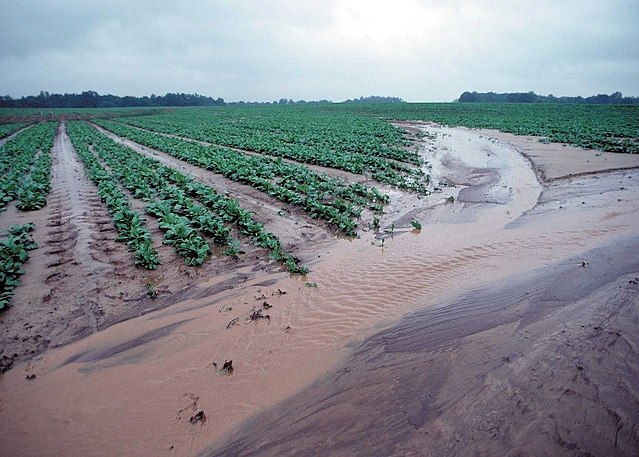At the 2023 Uppsala Health Summit (UHS), experts explored the actual and potential risks associated with the widespread use of unwanted substances introduced in society through point and non-point source pollution. For instance, the use of pesticides, herbicides, and fertilisers is an important source of pollution of soil and water. The Summit highlighted the urgent need for improved risk assessment and management strategies of these substances in the feed and food chain.
Experts explored emerging health risks in the feed and food chain
One of the workshops held during the Summit focused on emerging health risks in the feed and food chain, with a specific focus on risk analysis and effective communication between risk assessors, risk managers, and the public. Experts at this workshop highlighted the complexities of food safety, security, sustainability, and equality, using pesticides as an example.
The key messages and recommendations of this workshop are summarised in a policy brief available here. The main points are outlined below:
- New approaches to risk assessment – predictive assessments when information is limited
New methods for predicting and assessing risks are needed to deal with complex and emerging challenges. This is critical in cases where complete information about potential risks is limited or unavailable.
- Improved stakeholder involvement
The perception of different stakeholders across the feed and food value chain must be considered Processes around food safety and risk analysis should be made more accessible and inclusive to stakeholders across the feed and food value chain.
- Better understanding of how risk is perceived and how it should be communicated
Understanding better how public risk perception impacts the acceptance of risk management strategies is essential. Risk communication strategies should provide information on the magnitude of risk and possible consequences for stakeholders in relation to other, more familiar, risks.
- Multi-disciplinary approach to address complexity
A multi-stakeholder approach is required to address the complexities of risk assessment and the disconnect between risk assessors, risk managers, and the public (food chain actors). The food system is complex and expected to contribute to multiple goals, including environmental and climate targets, economic sustainability, improved health, and food security. Therefore, risk managers depend on input from various experts to make informed decisions, and methods and working practices for a multi-disciplinary approach need to be developed. In addition, there is a need for training and exercises to tackle the disconnect between risk assessors, risk managers, and the public.
What’s next?
The policy implications of these recommendations will be discussed at a workshop to be held before the end of 2024. The workshop will be organised by the UHS in collaboration with the Swedish Veterinary Agency (SVA) and Stockholm Environment Institute (SEI).
Food safety and security are key aspects of SEI’s work. The advantages, risks, and potential trade-offs with the use of pesticides have been explored within the SIANI network. One of the current SIANI expert group is engaging to catalyse the production and use of biological alternatives to synthetic pesticides in East Africa, aiming to reduce the associated risks. Another example of potentially conflicting goals of food production and food safety is that of sewage sludge. Sewage sludge contains plant nutrients and can, therefore, be used to fertilize agricultural fields. However, sewage sludge can also contain undesirable substances such as heavy metals, pharmaceutical residues, and so-called “forever chemicals” Per- and polyfluoroalkyl substances (PFAS). Over the years, SEI has actively contributed to the debate on applying sewage sludge on agricultural land. For example, through exploring different actors’ perceptions of the potential benefits and risks of spreading sewage sludge (read more here).
Read more about SEI’s work on this subject
East African Agrobiologicals SIANI working group
Publications
Ekane N, Barquet K, Rosemarin A (2021). Resources and Risks: Perceptions on the application of sewage sludge on agricultural land in Sweden, a case study. Frontiers in Sustainable Food Systems. 5:647780. Available at: https://www.frontiersin.org/articles/10.3389/fsufs.2021.647780
